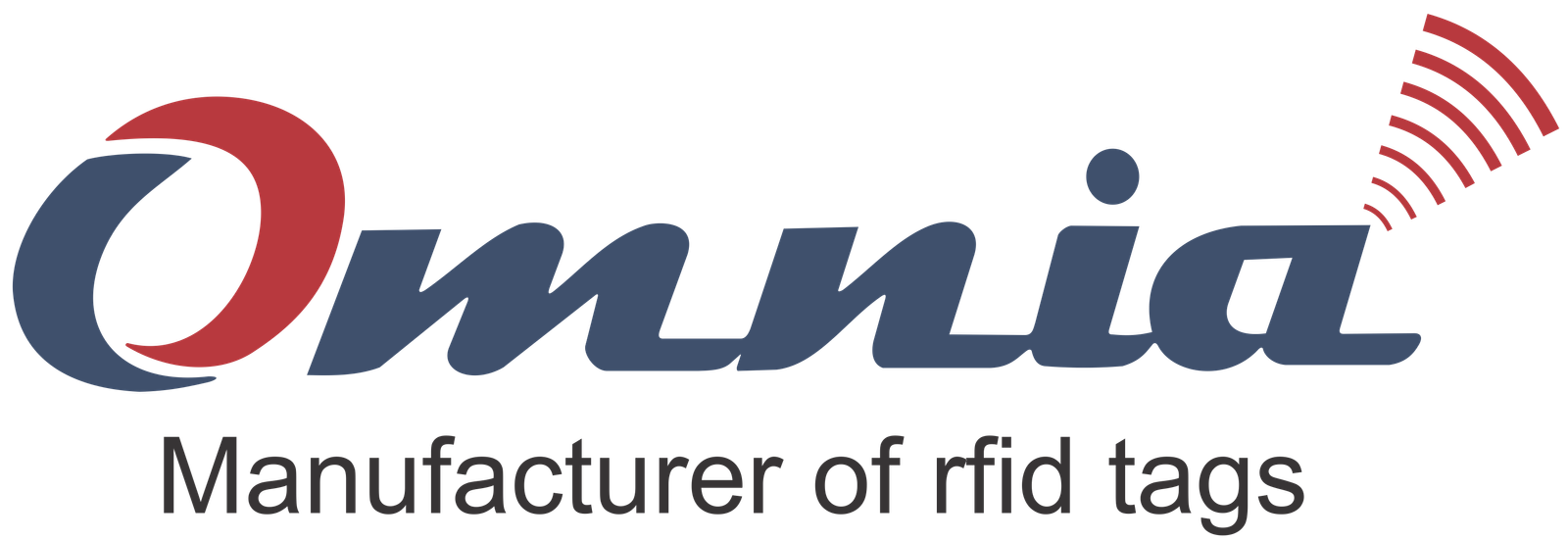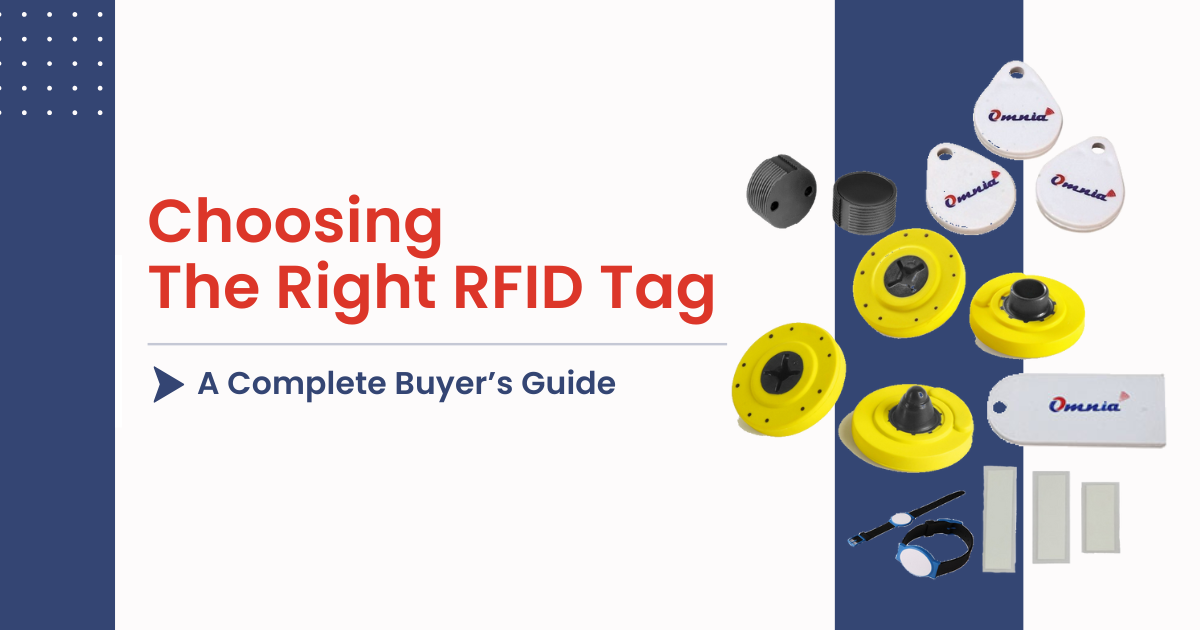In today’s rapidly advancing industries, RFID tags have become an essential part of modern tracking and identification systems. Whether you’re managing livestock, automating warehouse logistics, securing access control points, or monitoring pharmaceutical inventory, selecting the right RFID tag is crucial for performance, reliability, and cost-efficiency.
As a leading RFID tag manufacturer, Omniatags offers a wide range of durable, application-specific RFID tags. This guide will help you understand what to look for when choosing RFID tags based on your industry, environment, and tracking needs.
1. Understand Your Application Environment
Before choosing an RFID tag, identify where and how it will be used. Conditions such as exposure to heat, moisture, chemicals, or metal surfaces significantly affect tag performance.
For example:
- In Industry & Logistics, RFID tags are often exposed to rugged conditions. You’ll need on-metal RFID tags that are durable and offer long-range readability. Explore our Industry & Logistics RFID Tags.
- For waste bin tracking, outdoor-rated RFID tags with weatherproof materials are ideal.
- In Pharma & Healthcare, you need high-precision, tamper-proof RFID tags for medical assets and inventory. See our Pharma & Healthcare RFID Tags.
- For Access & Security, RFID tags must work seamlessly with gate systems and ID credentials. Browse our Access & Security RFID Tags.
2. Choose the Right RFID Frequency
Different RFID tags operate at different frequencies. Here’s a quick breakdown:
- Low Frequency (LF) – Best for animal tracking. LF tags perform well near liquids and are used in ICAR-approved animal ear tags.
- High Frequency (HF) – Suitable for access control, ticketing, and some pharma applications.
- Ultra High Frequency (UHF) – Offers long read ranges and fast data transfer. Perfect for logistics, warehouse automation, and machinery tracking.
3. Material and Form Factor Matter
The physical construction of the RFID tag must match the application:
- Hard tags are durable and ideal for metal machinery, bins, and crates.
- Flexible or label tags are better for IT equipment, files, and pharmaceutical packaging.
- Tamper-proof tags are essential for asset security and theft prevention.
4. Consider the Tag Attachment Method
Tags can be:
- Adhesive-backed (for smooth, clean surfaces)
- Screw-mounted or riveted (for rugged machinery or bins)
- Ear-tag format (for animal identification)
Choosing the right attachment method ensures long-term performance in your environment.
5. Check for Compliance and Certifications
Especially in animal tracking, government compliance is mandatory. Omniatags manufactures ICAR-approved RFID animal ear tags, ensuring you meet regulatory standards while maintaining traceability.
6. Customize Tags for Your Unique Needs
Omniatags offers custom RFID tags with options such as:
- Laser-engraved serial numbers
- Embedded logos or QR codes
- Customized chip types and memory sizes
- Specific encoding for your tracking systems
Customization ensures that your RFID tags align with your data management and security protocols.
7. Work with a Trusted RFID Tag Manufacturer
Choosing a reliable manufacturer is just as important as choosing the tag. With years of expertise, Omniatags provides:
- ICAR-approved tags
- Global supply capacity
- Custom manufacturing options
- Expertise across multiple industries includes animal tracking, logistics, security, pharma, and waste management
Explore all our RFID tag categories on www.omniatags.com.
Conclusion
Choosing the right RFID tag requires a deep understanding of your application, environment, and tracking objectives. Whether you need tags for livestock, warehouse equipment, pharma inventory, or access systems, Omniatags has a solution designed to meet your needs.
Let us help you track smarter — with durable, high-quality RFID tags built for your business.

